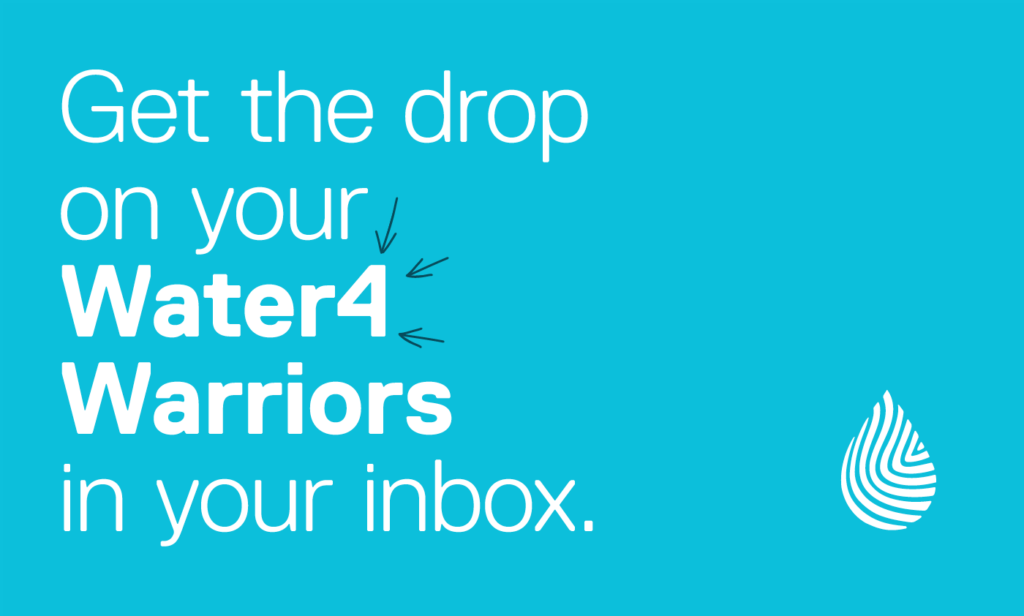This past summer, Water4 CEO, Matt Hangen was invited to present at The Mansfield Water Summit, an invitation-only leadership event for 90 international executives and water sector thought leaders. The 2018 summit focused on issues related to the way growing water scarcity in a changing global landscape is shaping current and future economic, geopolitical, social, technological, and health trends in developed and developing countries. After the summit, Matt was invited to submit a case study on Water4’s commitment to establishing local for-profit businesses to address the water needs of developing countries. Give it a read and let us know what you think.
—
Greetings to all my fellow Global Water Exchange and Mansfield Water Summit colleagues. I left our time together in Whitefish Lake encouraged, uplifted, and obsessively committed to innovative, cross-sector models and partnerships to solve our global water needs. With the right thought leaders in a room, emerging agricultural solutions from Developing Nations can indeed cascade over into the IT problems of the West. I saw this evident in conversations around Water4’s decentralization of water utilities being informed by, and informing those in manufacturing, energy, transportation, and different water contexts. Out of those conversations I was able to articulate that relying on human-centered micro systems over automated centralized water systems creates dynamic “cell” structures that together form a water service organism where the individual parts not only flourish more together than they could on their one, but also protect and enhance one another.
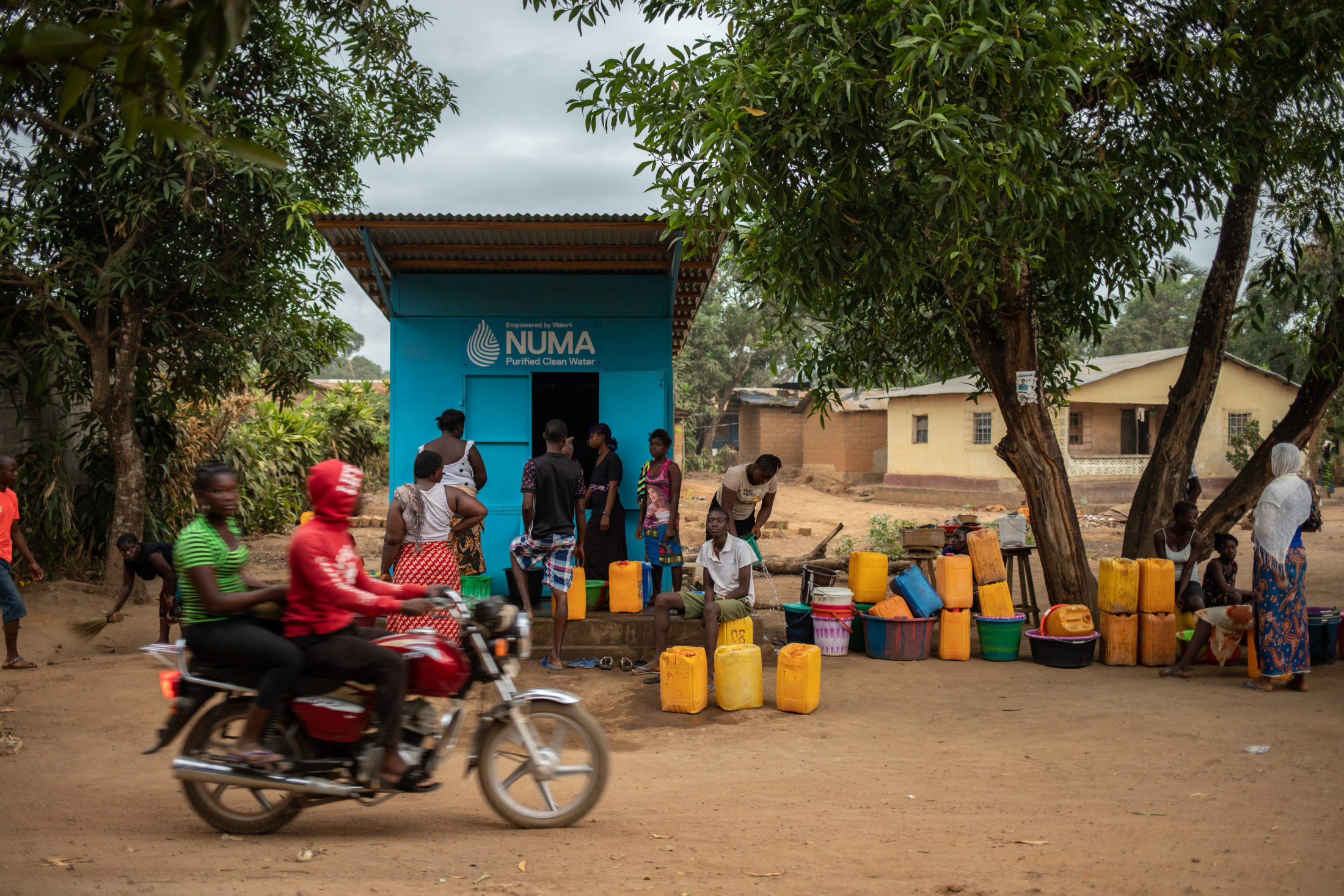
As I look at the challenge to achieve universal and equitable access to safe and affordable drinking water for all as stated in the Sustainable Development Goal (SDG) 6.1.1 by 2030 (According to the SDG baseline in 2015, 29 percent of the global population (2.25 billion people) do not use a safely managed drinking water service) I know Water4 cannot do it alone.
It is estimated that 79 percent of the people using unimproved sources and 93 percent of people using surface water live in rural areas. For instance, in 2012, it was estimated that at least 1.8 billion people worldwide were exposed to drinking water sources contaminated with fecal matter.
Aid for water and sanitation in Sub-Saharan Africa, where we work, has declined between 2012 and 2015, with commitments, as a percentage of overall water and sanitation Overseas Development Assistance (ODA), to the region declining from 38% in 2012 to 20% in 2015, or from US$ 3.8 billion to US$ 1.7 billion. Donors are increasingly wary of investing in failing, unsustainable systems and a paradigm shift is needed to ensure benefits are realized from their investments, and management systems are in place to guarantee long term viability.
A Paradigm Shift
Although substantial investments have been made in infrastructure over the past 30 years, many water systems are non-functional or operating below optimal levels of performance. The evidence points to “system and model” problems, not technology, as the primary cause of failed systems. The community management model has consistently failed to ensure sustainable water delivery. As water professionals, we have delegated the most difficult parts of maintaining water systems (the operation, maintenance, and fee collection) to community-based volunteers with the least amount of training.
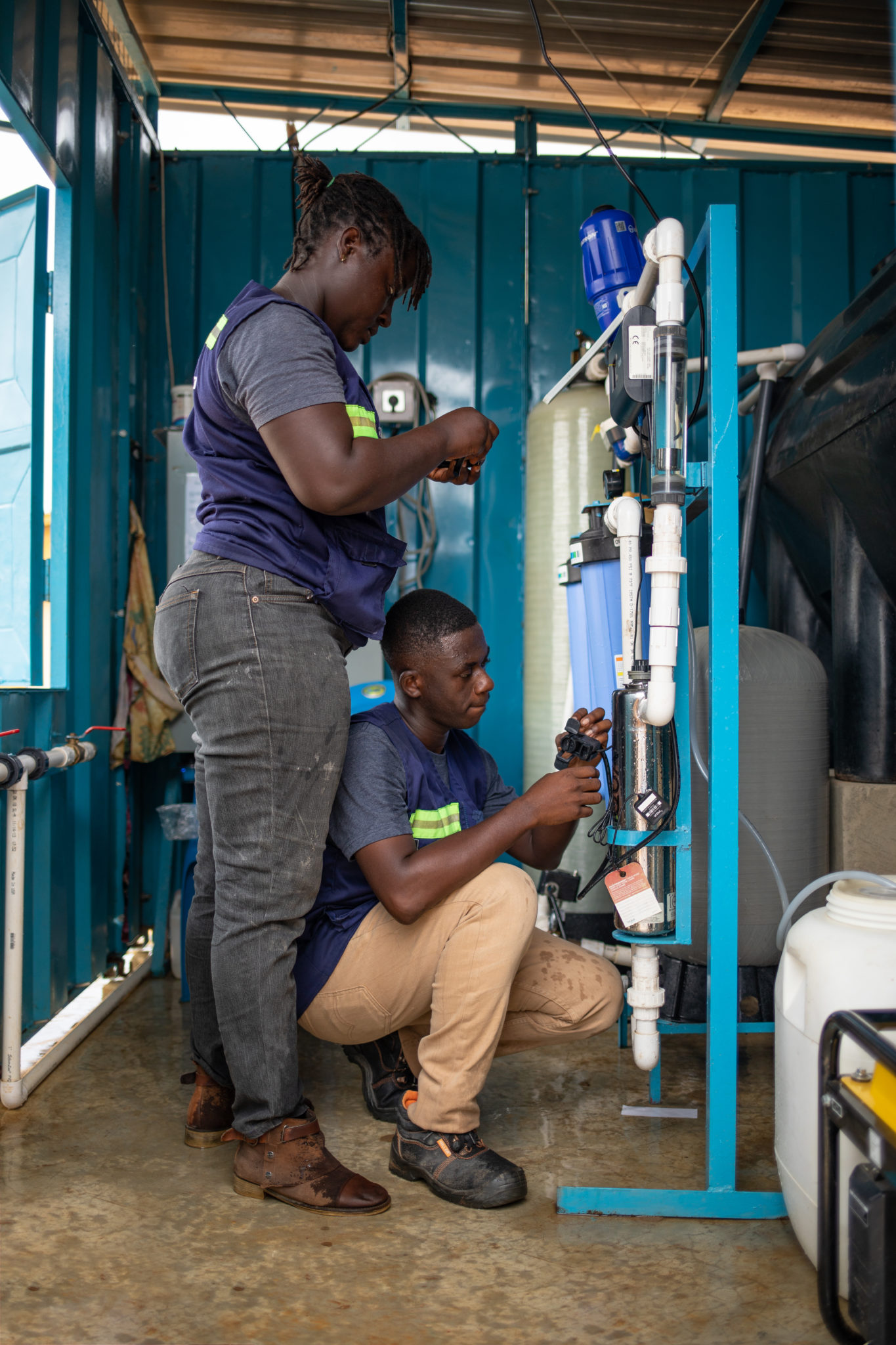
The Water4 Difference
Water4’s goal is to establish local for-profit businesses to provide a range of water delivery services for communities. It does this by providing seed capital and ongoing intensive training to build the capacity of local businesses so they can solve the water supply problems in their own countries. Consistent with this goal, Water4 is developing a sustainable, commercial, water service delivery at the district level in close partnership with local government authorities and private sector partners.
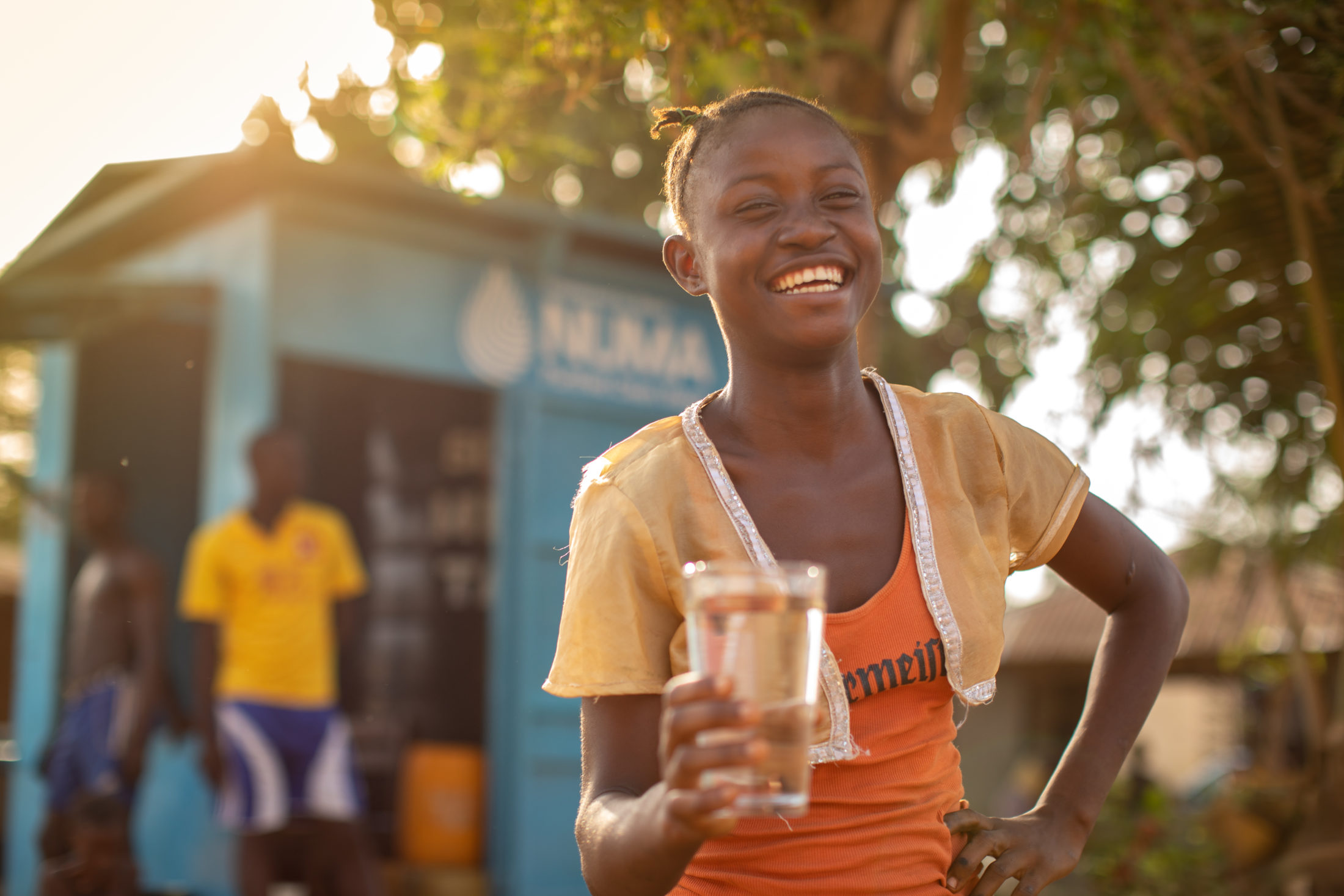
By supporting professional management of safe water delivery, using a district wide approach and local private sector service providers, Water4 can reduce costs and improve sustainability. Local social enterprises, using technologies that match the needs of a given community, combined with clustering and cross-subsidy result in an economically viable solution to provide universal access to safe drinking water.
We believe a service delivery approach, with scalable technical options tailored to both the needs of communities and market conditions, provides the best solution to ensure district-wide coverage. To provide water delivery at an affordable cost, it’s essential to keep investment and operating costs low while matching the size of the systems with the demand.
The Water4 business model depends on combining the following six components, none of which are original or innovative alone, but together represent a compelling business case:
- District-wide plan to provide access to safe water
- Local manufacturing and placement of aspirationally-branded safe water systems
- Ongoing operation and maintenance of the branded safe water systems
- Blended capital financing for building and operating the branded safe water systems
- Established network of water services businesses in 12 African countries
- Ongoing support services to our business partners.
Potential Benefits
The total number of people who could benefit from Water4 interventions in the 14 countries where we work exceeds 150 million people (72 million rural and 76 million estimated in peri-urban).
The total benefit in achieving the universal coverage for water in Sub-Saharan Africa was estimated by WHO to be $3.2 billion, based on health, productivity, mortality and time savings. According to WHO, the benefit/cost of investment in safe drinking water systems in Sub-Saharan Africa (SSA) has a multiplying effect of 2.5 times the investment. In Sub-Saharan Africa, the value of time savings accounts for almost 65% of total benefits and the health improvements contribute almost 35% of overall reported benefits. If increased economic opportunities, available when people have reliable access to safe water, are considered as well as improvements in sanitation, the return on investment is 3-34 times greater.
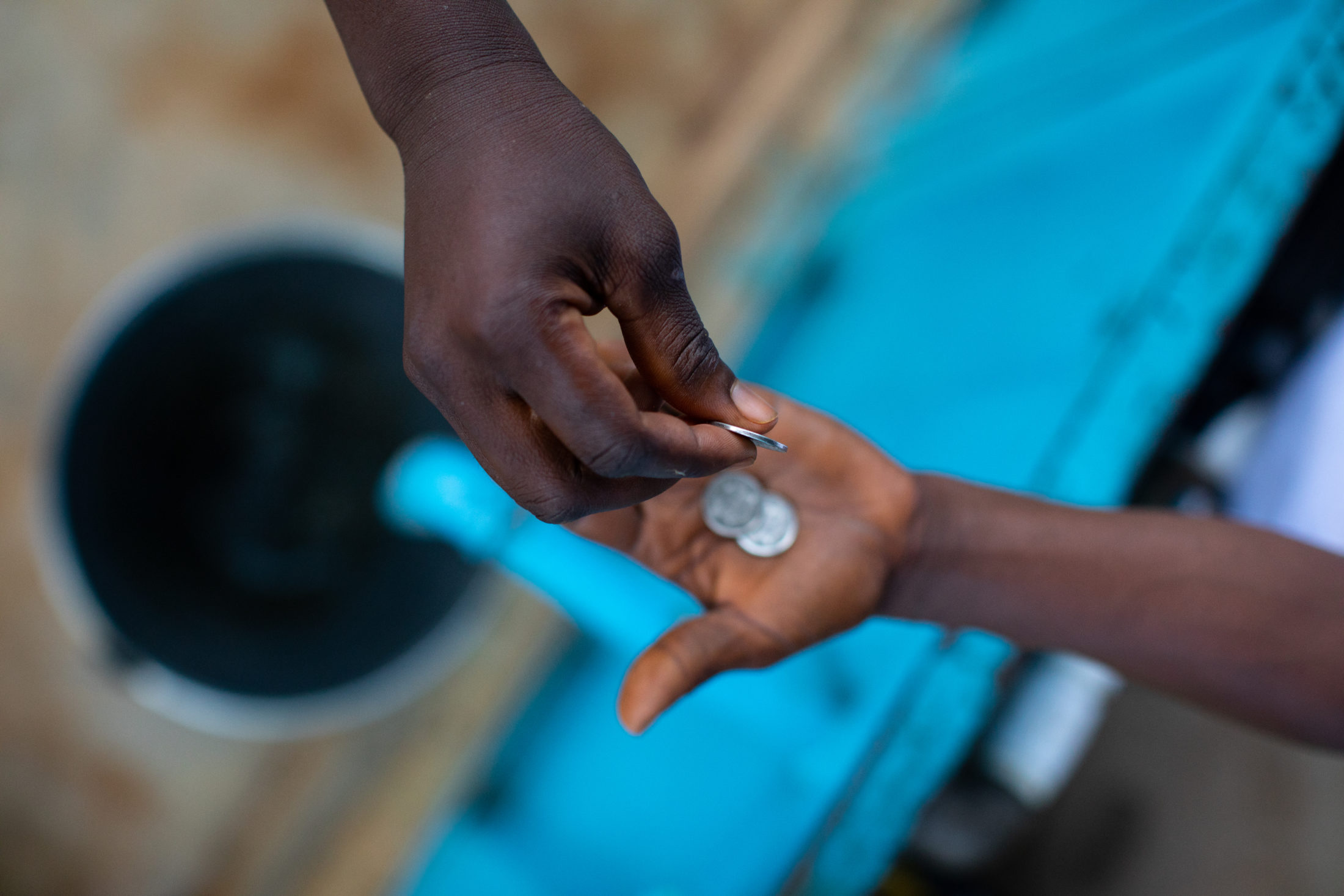
Conclusion
While Water4 does not claim to have all the answers, we believe we’re on a path to achieve sustainable access to safe water in Africa through market-based approaches, one district at a time. We believe by working with other like-minded organizations, like those in the Global Water Exchange, we can create an innovative and sustainable model for others seeking to provide universal access to safe and affordable drinking water. The challenge is to continue pressing our thinking outward and around us and not just inward to further inform, and perhaps redefine, the types of solutions we engage. Water4 is honored to be a part of such an incredible consortium and I know together we will better serve the pressing global needs of the world we steward.

